Phonics Spelling Help
Improve Your Understanding of How the English Language Works
The phonics spelling method here is about recognising how sounds match up to single letters or letter combinations. When you start to use these principles it will give you a clearer understanding of how the language functions.
The phonics spelling method:
It’s very important to get into the habit of breaking words down in relation to their sounds. What I mean by this is to simply match each sound in a word to its letter or letter combination.
For example the word 'week' (as in the days of the week) is made up of four letters.
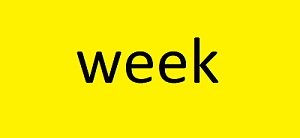
However the word 'week' has only three sounds (see graphic).
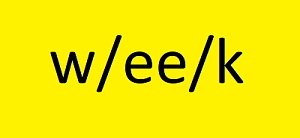
The same three sounds also make up the word 'weak' (as in not strong).

However the 'E' sound in the middle of the word is represented by a different combination of letters (see graphic).
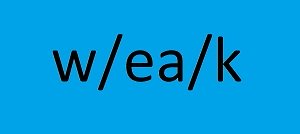
Some sounds are easy to match to their letters, and some are not:
For example the word 'bow':
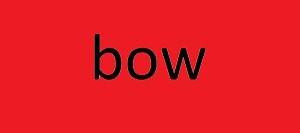
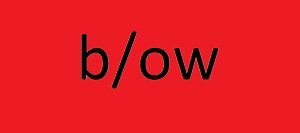
The first sound in 'bow' is easy to match with its letter 'b'. However the 'O' sound can be represented by different combinations of letters. The 'O' sound also occurs at the start of the word 'oak'.
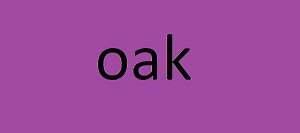
However this time the 'O' sound is represented by the letters o and a (see graphic).
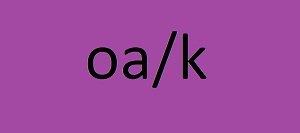
This is why it is important to be aware of how sounds match up to letters or combinations of letters.
Phonics spelling practice:
By making an effort to look at how the sounds match up to the letters it will make words easier to spell. For example I use to forget how to spell the word 'field':
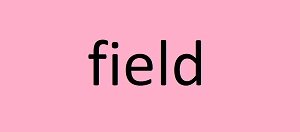
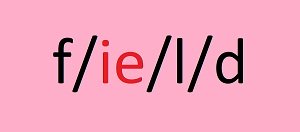
However once I broke it down I found it was only the 'E' sound I was having trouble with (see graphic). It is more common to find this sound represented by double 'e' like for example in the word 'tree':
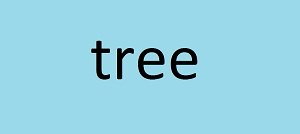
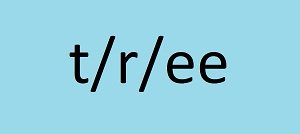
However the 'E' sound can also be represented by the letters e and a, such as in the word 'dear' (see graphic).
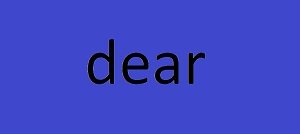
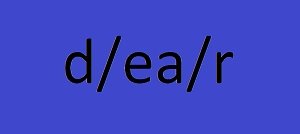
This is why it is so important to break the letters in words down in relation to their sounds. You can pinpoint which part of a word is difficult to spell. You can see for yourself the different letters that are used to represent each sound.
The Phonic Alphabetic Code chart:
There are generally several different ways of writing each sound. Therefore to give you a clear idea of how the 44 sounds in the English Language match up to different letters you need to look at the phonic alphabetic code chart.
Conclusion:
Once you start applying this phonics spelling strategy your brain will have a logical system to deconstruct words. This in turn will naturally make it easier to identify the parts of words that are difficult to remember.